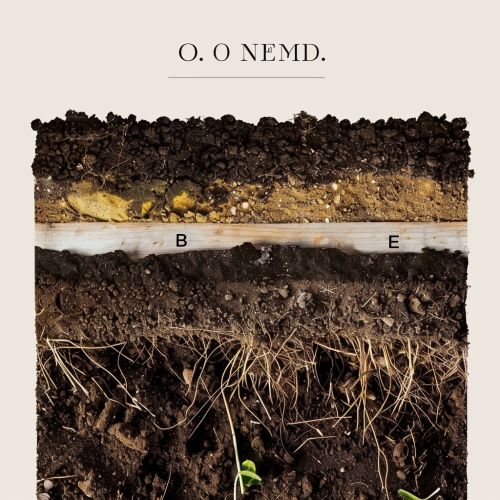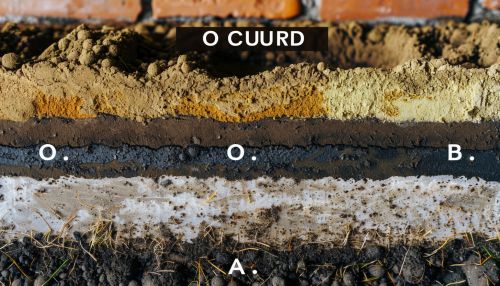Soil Horizon
Introduction
Soil horizon is a term used in pedology to describe layers of soil that have distinct characteristics produced by various soil-forming processes. These layers, or horizons, are typically parallel with the ground surface and can be visually distinguished from one another. Each horizon of soil contributes to the overall health and function of the soil system and plays a significant role in the global carbon cycle and other biogeochemical cycles.
Formation of Soil Horizons
Soil horizons are formed through a process known as soil formation or pedogenesis. This process involves the interaction of five key factors: parent material, climate, topography, organisms, and time. The combination of these factors leads to the development of distinct layers in the soil profile, each with its own set of physical, chemical, and biological characteristics.
Parent Material
The parent material is the unconsolidated mineral and organic matter from which soil horizons develop. This material can originate from a variety of sources, including bedrock, loose sediment, or organic material. The type of parent material influences the mineral composition of the soil, its texture, and its rate of weathering, all of which can affect the formation and characteristics of soil horizons.
Climate
Climate, specifically temperature and precipitation, plays a significant role in soil formation and the development of soil horizons. In areas with high rainfall, leaching can occur, which is the process where nutrients and minerals are washed out of the soil. This can lead to the formation of an E horizon, a layer that is depleted of certain nutrients and minerals. In contrast, in dry climates, there may be an accumulation of minerals and salts, leading to the formation of a B horizon or a C horizon.
Topography
The landscape's shape or topography can influence the formation of soil horizons by affecting water movement and erosion. On steep slopes, soil may be continually lost through erosion, preventing the formation of distinct horizons. In contrast, in low-lying areas, soil material may accumulate, leading to the development of thick, well-defined horizons.
Organisms
Organisms, including plants, animals, and microorganisms, contribute to soil formation and the development of soil horizons. Plant roots, for example, can break down rock and contribute organic matter to the soil. This organic matter accumulates at the surface, forming an O horizon. Microorganisms, such as bacteria and fungi, aid in the decomposition of this organic matter, further contributing to horizon formation.
Time
Time is a critical factor in soil formation and the development of soil horizons. It can take hundreds to thousands of years for distinct horizons to form. The age of a soil can often be inferred from the number and development of its horizons.
Types of Soil Horizons
There are several types of soil horizons, each with its own set of characteristics. These horizons are typically designated by letters.
O Horizon
The O horizon, also known as the organic horizon, is the uppermost layer of most soil profiles. It is primarily composed of organic material, including decomposed leaves, twigs, and other plant material. This layer is critical for the storage of carbon and nutrients and provides a habitat for many soil organisms.
A Horizon
The A horizon, also known as the topsoil, is the layer below the O horizon. It is characterized by a high concentration of organic matter mixed with mineral material. This horizon is typically darker than the lower horizons due to the presence of organic matter.
E Horizon
The E horizon, or eluviation horizon, is a layer that is leached of clay, iron, aluminum, organic compounds, and other soluble substances. This leaching process leaves behind a concentration of sand and silt particles, giving the E horizon a lighter color than the other horizons.
B Horizon
The B horizon, also known as the subsoil, is the layer beneath the E horizon. This horizon is characterized by an accumulation of clay, iron, aluminum, organic compounds, and other materials leached from the overlying horizons.
C Horizon
The C horizon, or parent material, is the deepest layer in the soil profile. It consists of weathered rock or partially disintegrated organic material from which the upper horizons have formed.
Importance of Soil Horizons
Soil horizons are essential for several reasons. They provide a structure for plant roots, store and filter water, and are a critical component of the global carbon cycle. Understanding the characteristics of different soil horizons can help in predicting soil behavior and managing soil health.
See Also


